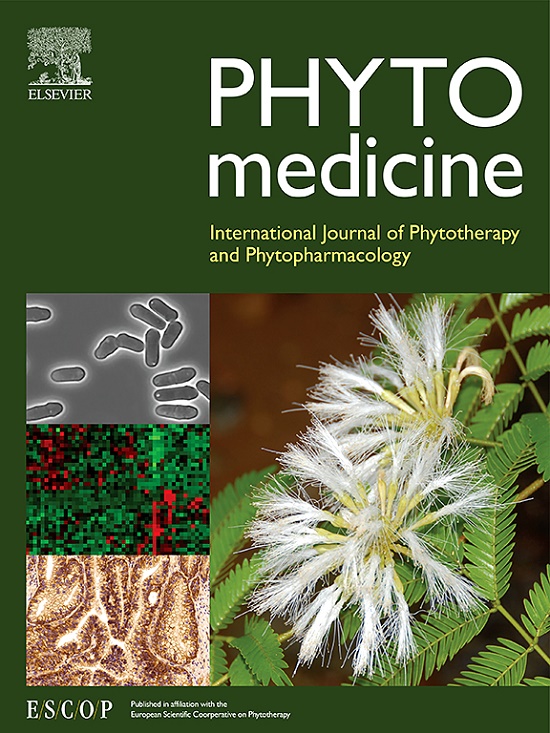Toosendanin-induced liver damage through irreparable DNA damage and autophagy flow blockade
IF 6.7
1区 医学
Q1 CHEMISTRY, MEDICINAL
引用次数: 0
Abstract
Objective
The fruit of Melia toosendan Sieb. et Zucc. (MT) is known for its efficacy in relieving pain and treating roundworms. Toosendanin (TO) has been identified as a bioactive marker of MT, with hepatotoxic properties. This study offers a comprehensive investigation into the toxic mechanisms, involving TO-induced remaining DNA damage, cell cycle arrest, and the synergistic effect of autophagy flow disruption. It provides new insights into the clinical applications of MT and TO.
Methods
TO was prepared at 50, 100, and 200 μM for a 48 h treatment of HepG2 cells, while zebrafish were administered at 50, 75, and 100 μM for 72 h. Transcriptomics and computational molecular simulations, including network pharmacology, molecular docking, and molecular dynamics simulation, were used for target prediction. Fluorescent probes, flow cytometry, quantitative real-time polymerase chain reaction, and western blotting were employed for mechanism verification.
Results
TO disrupted the balance between reactive oxygen species and cellular antioxidant defense, resulting in mitochondrial damage and repression of DNA-dependent protein kinase catalytic subunit. This led to the inability to repair DNA damage and caused cell cycle arrest in the G1/S phase. As shown in computational molecular simulations and transcriptomics analysis, the repression of damaged organelle removal through autophagy flow disruption resulted in excessive injury and hepatocyte death.
Conclusion
By impairing DNA damage responses (DDRs) and autophagy, TO causes unrepaired DNA damage, which disrupts cell cycle progression through complex interactions with cyclin proteins and tumour suppressor genes, ultimately contributing to hepatotoxicity.
求助全文
约1分钟内获得全文
求助全文
来源期刊

Phytomedicine
医学-药学
CiteScore
10.30
自引率
5.10%
发文量
670
审稿时长
91 days
期刊介绍:
Phytomedicine is a therapy-oriented journal that publishes innovative studies on the efficacy, safety, quality, and mechanisms of action of specified plant extracts, phytopharmaceuticals, and their isolated constituents. This includes clinical, pharmacological, pharmacokinetic, and toxicological studies of herbal medicinal products, preparations, and purified compounds with defined and consistent quality, ensuring reproducible pharmacological activity. Founded in 1994, Phytomedicine aims to focus and stimulate research in this field and establish internationally accepted scientific standards for pharmacological studies, proof of clinical efficacy, and safety of phytomedicines.
 求助内容:
求助内容: 应助结果提醒方式:
应助结果提醒方式:


